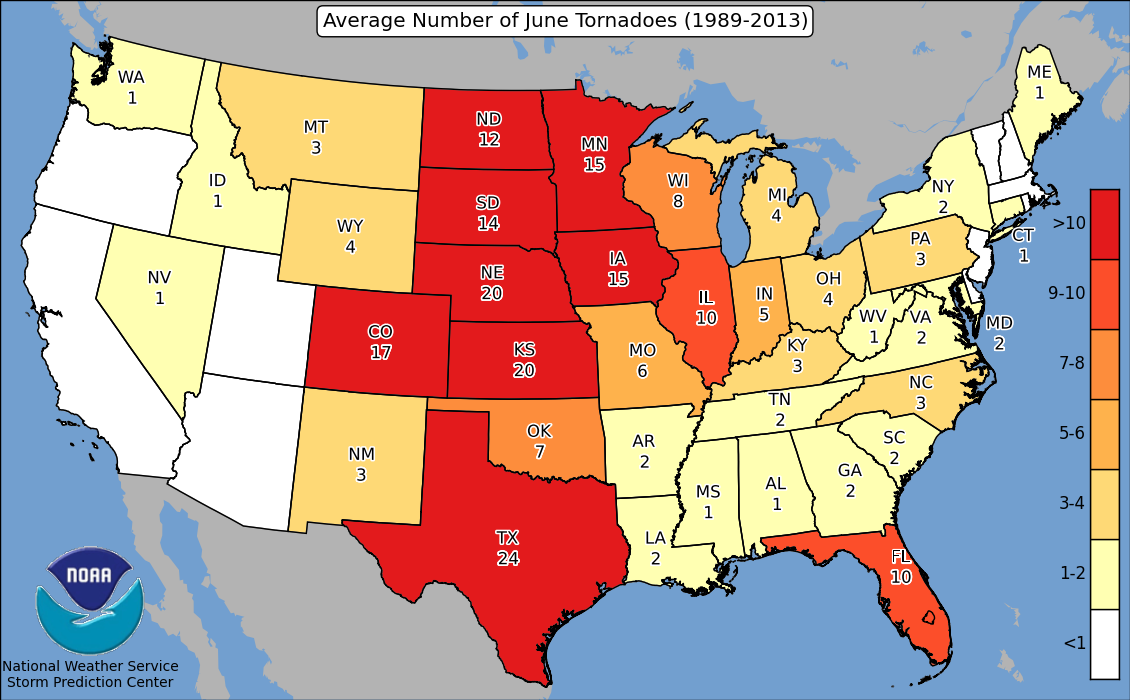Welcome to our guide on tornadoes and their frequency. If you’ve ever wondered how often do tornadoes occur, you’ve come to the right place. Tornadoes are a natural disaster that can strike at any time and in any location, causing destruction and devastation in their path. Understanding the frequency of tornadoes and their patterns can help us prepare and stay safe in the event of a tornado. In this article, we’ll dive into the frequency of tornadoes, factors that contribute to their occurrence, and tips for staying safe during tornado season. So, let’s get started and learn more about how often tornadoes occur.
Uncovering the Facts: How Often Do Tornadoes Occur and What You Need to Know

Tornadoes are a powerful and unpredictable force of nature. These intense rotating columns of air can cause immense destruction, leaving communities devastated in their wake. But how often do tornadoes actually occur, and what do you need to know to stay safe in the face of this natural disaster?
Frequency of Tornadoes
Tornadoes are most common in the United States, with an average of about 1,200 tornadoes reported each year. The majority of these tornadoes occur in the central region known as Tornado Alley, which includes parts of Texas, Oklahoma, Kansas, and Nebraska. However, tornadoes can happen in any state and have been reported in all 50 states.
The frequency of tornadoes can vary greatly from year to year. In some years, there may be a higher than average number of tornadoes, while in others there may be fewer. This is due to a variety of factors, including weather patterns and climate conditions. However, tornadoes are most likely to occur during the spring and early summer months, with a peak in May and June.
Tornado Intensity
Tornadoes are classified on the Enhanced Fujita Scale, which measures the strength of the tornado based on the damage it causes. The scale ranges from EF0, which is the weakest, to EF5, which is the strongest. The majority of tornadoes fall into the EF0 to EF2 range, with winds speeds between 65 and 135 miles per hour. However, even an EF0 tornado can cause damage to buildings and vehicles.
While EF3 to EF5 tornadoes are less common, they are the most destructive. These tornadoes have wind speeds of over 136 miles per hour and can cause significant damage to structures, vehicles, and infrastructure.
Staying Safe During a Tornado
Tornadoes can strike quickly and without warning, which is why it is important to be prepared and know what to do in the event of a tornado. Here are some tips for staying safe during a tornado:
1. Have a plan: Make sure you and your family have a plan in place for what to do in the event of a tornado. This should include a designated safe area in your home, such as a basement or interior room without windows.
2. Pay attention to weather alerts: Stay informed about weather conditions in your area and pay attention to tornado watches and warnings issued by the National Weather Service.
3. Take shelter: If a tornado warning is issued for your area, seek shelter immediately. Go to your designated safe area or, if you are outside, find a low-lying area and cover your head with your arms.
4. Stay away from windows: If you are inside during a tornado, stay away from windows and doors. These can shatter and cause serious injury.
5. Have an emergency kit: Prepare an emergency kit with essential items such as food, water, first aid supplies, and a flashlight in case you need to take shelter for an extended period of time.
6. Stay informed: If you are in a community prone to tornadoes, stay informed about potential weather threats and have a plan in place for evacuations if necessary.
Tornadoes are a natural phenomenon that can have devastating effects. By understanding their frequency and taking necessary precautions, you can stay safe and be prepared in the event of a tornado. Stay informed, have a plan in place, and always seek shelter when a tornado warning is issued.In conclusion, understanding the frequency of tornado occurrences is crucial for staying prepared and safe. By staying informed and taking necessary precautions, individuals and communities can mitigate the impact of these powerful natural disasters. Remember to regularly check weather forecasts and have a plan in place in case a tornado does occur. Stay safe and stay prepared.